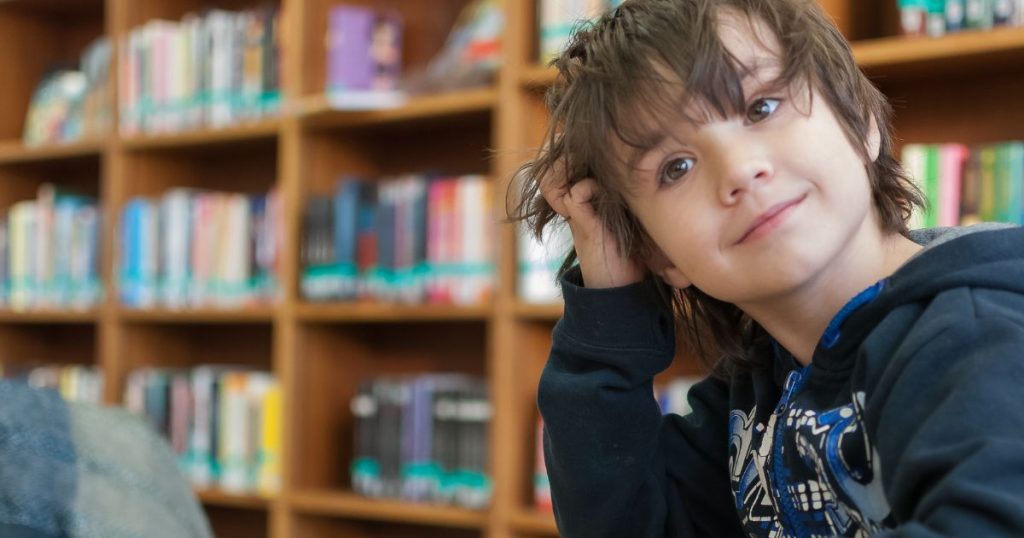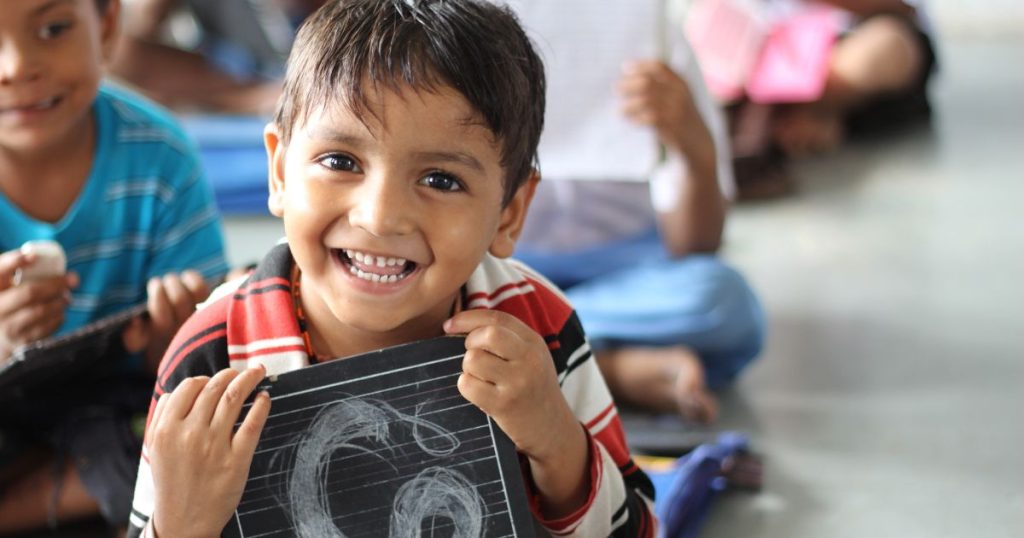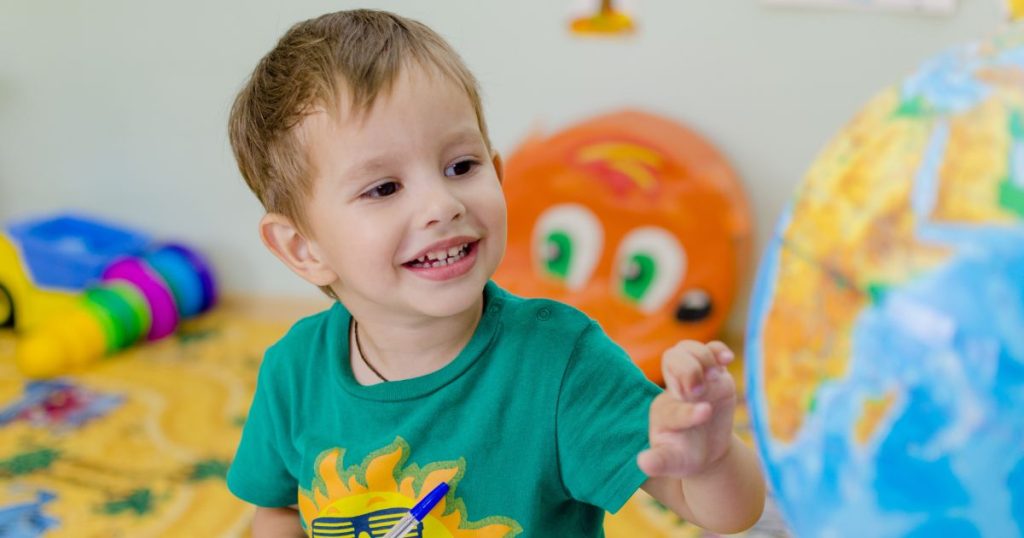Effective communication is the foundation of interpersonal interactions, which allows people to convey their thoughts, feelings, and desires. However, for some children, this vital skill proves to be a complex and challenging puzzle to solve.
Social Communication Disorder (SCD), is a relatively less known but increasingly recognized neurodevelopmental condition, that disrupts the fundamental ability to engage in effective social communication. This disorder manifests in various ways, affecting a child’s capacity to comprehend non-verbal cues, maintain conversations, and engage in age-appropriate social interactions.
In this blog, we will discuss underlying factors, symptoms, and diagnoses to assist these children in developing crucial communication skills and fostering their growth and integration within society. As we unravel the mysteries of social communication disorder, we equip ourselves with the knowledge needed to empower these children to thrive in a world that thrives on effective communication.
Social Communication Disorder: Common Symptoms

Social communication disorder is a neurodevelopmental condition that can significantly impact a child’s ability to interact effectively. Recognizing these common symptoms of SCD early on is crucial for providing appropriate support and interventions tailored to the child’s needs. With the right guidance and therapy, children with SCD can develop essential social communication skills and improve their overall quality of life.
- Difficulty with Conversational Skills: Children with social communication disorders struggle to initiate and maintain conversations appropriately. They may have difficulty taking turns, staying on topic, or understanding the subtleties of conversational cues.
- Challenges with Nonverbal Communication: SCD can manifest as an inability to interpret or use nonverbal cues such as facial expressions, gestures, and body language, making it challenging to understand others’ emotions or convey their own.
- Repetitive Language and Topics: They may exhibit a tendency to repeat words and phrases or focus on specific topics of interest during conversations.
- Difficulty in Understanding Social Norms: SCD can cause a child to struggle with comprehending and following social norms and rules, making it hard for them to adapt to different social situations.
- Limited Use of Social Language: Children with social communication disorder symptoms may exhibit a limited range of social communication, making it difficult to express their emotions, needs, or interests effectively.
- Difficulty Making and Keeping Friends: SCD can have a substantial impact on a child’s ability to establish and maintain friendships, as they may struggle with the essential social skills required for building meaningful relationships.
Navigating the Diagnosis of Social Communication Disorder
Diagnosing social communication disorder is a comprehensive process that carefully evaluates a child’s communication abilities and social interactions.
Here are key aspects of the diagnostic process:
- Clinical Assessment: Initially, a qualified healthcare professional, such as a speech-language pathologist or a developmental pediatrician, conducts a thorough clinical assessment. This involves observing the child’s verbal and nonverbal communication skills in various social contexts.
- Diagnostic Criteria: The clinician follows specific diagnostic criteria outlined in the social communication disorder DSM 5. To receive an SCD diagnosis, the child must exhibit persistent difficulties in social communication that significantly impact their daily life.
- Differential Diagnosis: It’s essential to rule out other conditions with overlapping symptoms, such as autism spectrum disorder (ASD), attention-deficit/hyperactivity disorder (ADHD), or intellectual disabilities, to ensure an accurate SCD diagnosis.
- Parent and Caregiver Input: Parents and caregivers play a crucial role in the diagnostic process by providing information about the child’s developmental history, communication milestones, and any observed concerns.
- Standardized Assessments: Clinicians often use standardized assessment tools to measure a child’s communication and social skills. These assessments help quantify the severity and nature of the disorder.
- Collaboration: Diagnosis may involve collaboration among various professionals, including psychologists, speech-language pathologists, and educators, to gather a comprehensive view of the child’s strengths and challenges.
- Observation in Natural Settings: To assess the child’s social communication abilities in real-life situations, clinicians may observe them in settings like school or community interactions.
- Feedback and Recommendations: Following diagnosis, families receive input on the evaluation results and recommendations for interventions and support tailored to the child’s needs.
Causes of Social Communication Disorder in Children

The exact causes of social communication disorders in children are not fully understood, but researchers have identified several potential elements that may contribute to their development. It’s important to note that SCD is thought to be caused by a complex interplay of genetic, neurological, and environmental factors.
- Genetic Factors: There is evidence to suggest that genetics plays a role in the development of SCD. Children with a family history of communication disorders or neurodevelopmental abnormalities, such as autism spectrum disorder (ASD), may be at a higher risk.
- Neurological Factors: There is reason to believe that brain development or functioning abnormalities are involved in SCD. Specific brain regions responsible for language and social communication may be affected.
- Environmental Factors: Prenatal and early-life factors, including exposure to toxins, maternal substance use, or prenatal infections, could contribute to the risk of SCD. Adverse childhood experiences, such as neglect or trauma, may also play a role.
- Developmental Factors: Children with delayed or atypical language development may be more susceptible to SCD. Communication difficulties that emerge early in life persist and lead to the diagnosis of SCD later.
- Social Interaction Patterns: Some children may have limited exposure to social interactions or lack opportunities to develop communication skills due to their environment, which can contribute to SCD.
Deciphering the Differences: Social Communication Disorder vs. Autism Spectrum Disorder
Social communication disorder and autism spectrum disorder are two closely related conditions that often overlap in their symptoms, but they are distinct in their diagnostic criteria and implications. Understanding the differences between these disorders is crucial for accurate diagnosis and effective intervention.
SCD primarily focuses on difficulties related to social communication. Individuals with SCD struggle with the pragmatic aspects of language, such as understanding nonverbal cues, maintaining appropriate eye contact, and engaging in reciprocal conversations. Unlike ASD, SCD does not encompass repetitive behaviors or restricted interests.
In contrast, ASD encompasses a broader range of challenges. It includes impaired social communication and encompasses repetitive behaviors, intense interests, and sensory sensitivities. Individuals with ASD may display a wide spectrum of symptoms, leading to varying levels of impairment in daily functioning.
Another key distinction is that SCD is typically diagnosed later in childhood, as its symptoms become more apparent in social situations. In contrast, diagnosis of ASD often occurs in early childhood due to its more pervasive nature.
SCD and ASD require tailored interventions, including speech therapy, social skills training, and behavioral interventions. Recognizing these differences is crucial for professionals and caregivers to provide the proper support and strategies to enhance the quality of life for individuals with these conditions.
Early diagnosis and intervention can make a major impact on the lives of those affected by SCD and ASD, helping them navigate the complexities of social communication more effectively.
Effective Strategies and Therapies for Treating Social Communication Disorder in Children

Treating children with SCD requires a comprehensive and individualized approach to address their unique needs.
Here are some effective strategies and therapies:
- Speech and Language Therapy: Speech therapists are crucial in helping children with SCD improve their communication skills. They work on understanding and using nonverbal cues, developing appropriate eye contact, and enhancing conversational skills.
- Social Skills Training: Social skills groups or individualized coaching can teach children with SCD how to navigate social interactions successfully. These sessions focus on understanding social rules, taking turns, making friends, and interpreting social cues.
- Parent and Caregiver Involvement: Parents can be valuable partners in therapy. Learning about SCD, practicing strategies at home, and creating supportive environments are essential for a child’s progress.
- Behavioral Interventions: Applied Behavior Analysis (ABA) techniques can help address challenging behaviors and reinforce positive social skills.
- Individualized Education Plans (IEPs): Collaborating with schools to create personalized educational plans can ensure that a child’s educational needs are met and that they receive necessary support in the classroom.
Seeking Social Communication Disorder Therapy for Children? Contact BVPS
When it comes to supporting your child’s development and well-being, don’t hesitate to reach out to us at BVPS. Our dedicated professionals are here to provide you with the guidance and resources you need. We understand every child is unique and are committed to tailoring our approach to meet your child’s specific needs!







